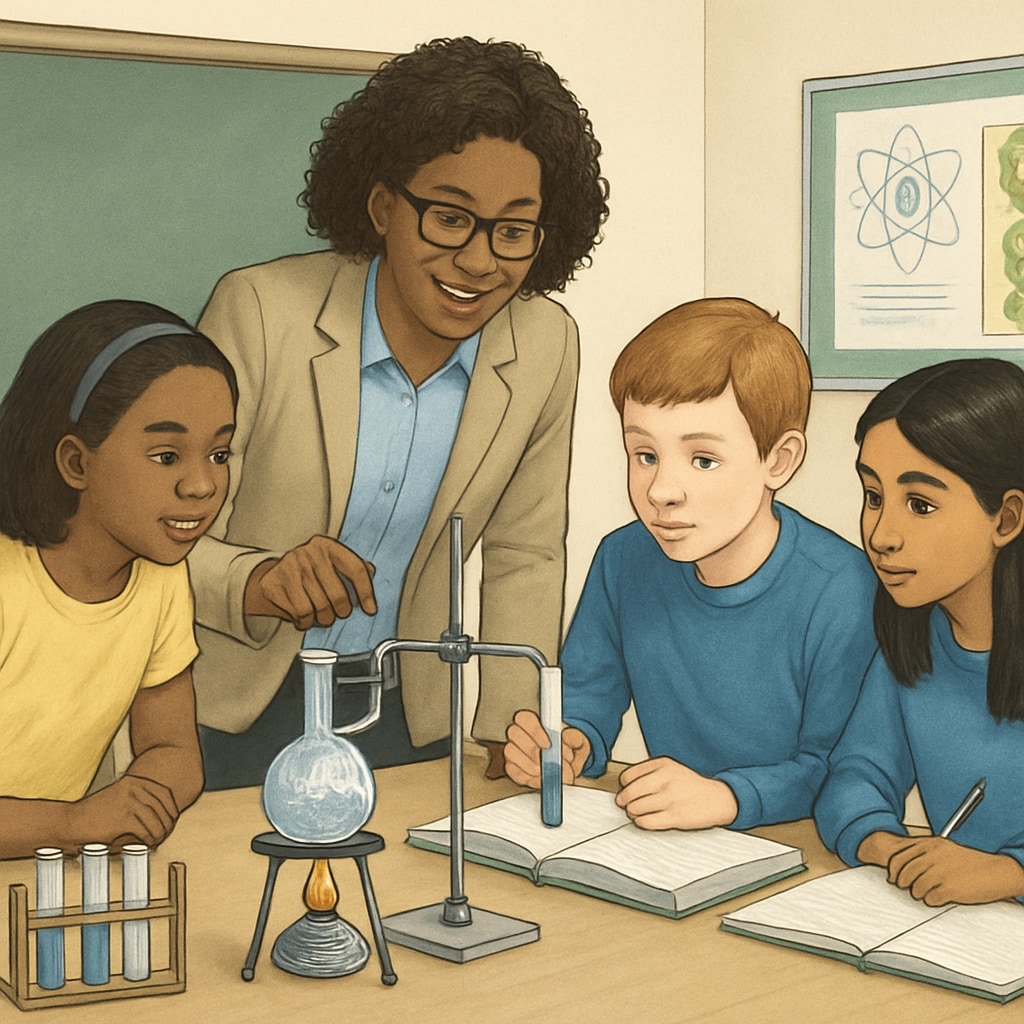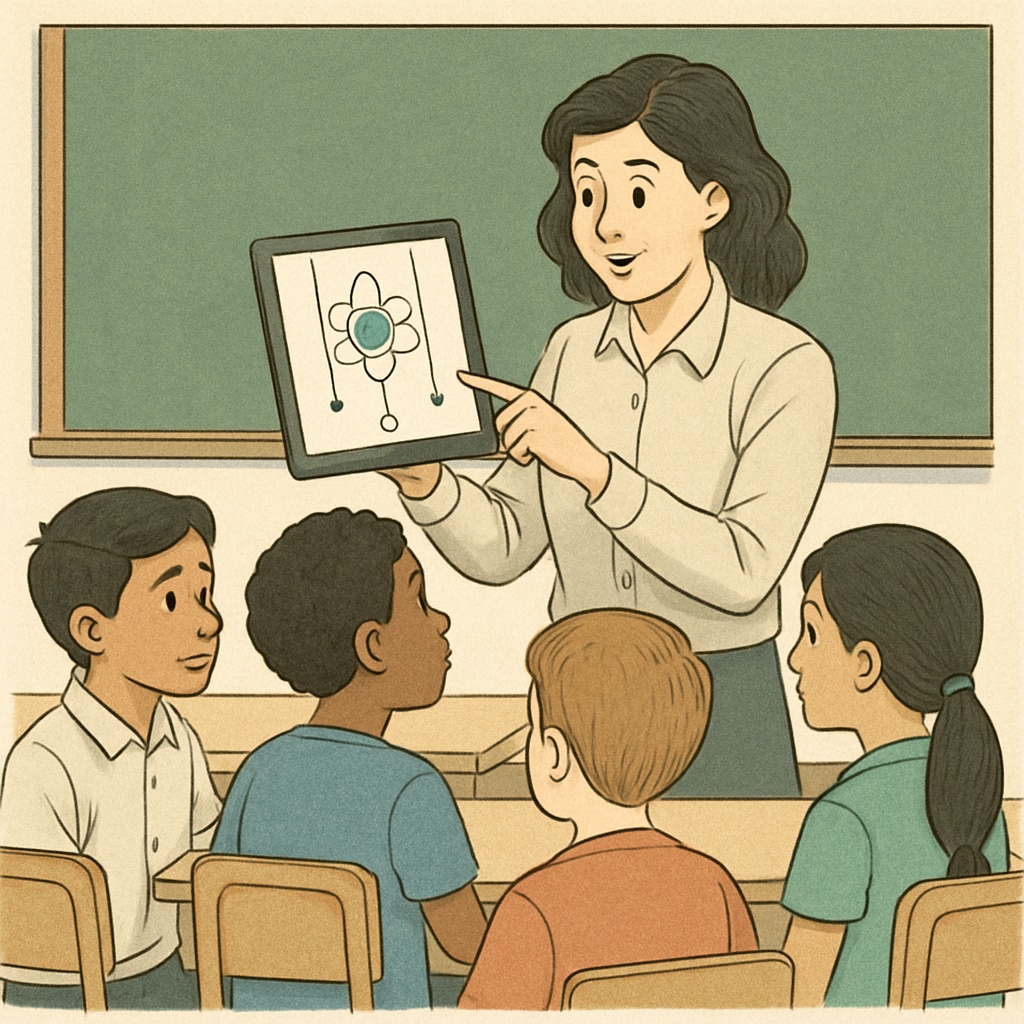In today’s increasingly diverse classrooms, high school science teachers often face the challenge of effectively supporting English learners (ELL) while maintaining high academic standards. Implementing differentiated teaching strategies can help bridge language gaps and foster an inclusive learning environment. This article explores practical approaches to support multilingual learners in science class, ensuring equitable access to education while avoiding potentially discriminatory practices.
Understanding the Needs of Multilingual Learners
Multilingual learners bring unique perspectives but may struggle with the language demands of science instruction. Science classrooms often introduce complex vocabulary, abstract concepts, and technical writing, which can overwhelm students still gaining proficiency in English. Recognizing these challenges is the first step toward creating a supportive learning environment.
To better understand their needs, teachers should:
- Assess students’ language proficiency and prior knowledge of science.
- Identify cultural and linguistic assets that can enrich classroom discussions.
- Engage in ongoing communication with families to understand students’ backgrounds.

Effective Strategies for Science Teaching
To support multilingual learners, teachers can implement the following strategies:
1. Use Visual Aids and Hands-On Activities
Visual tools such as diagrams, charts, and videos help convey complex ideas without relying solely on text. Hands-on experiments offer an experiential learning approach that transcends language barriers. For example, conducting a simple chemical reaction can illustrate key concepts while engaging students actively.
2. Simplify Language Without Simplifying Content
While maintaining the rigor of science instruction, teachers can simplify their language by:
- Using short, clear sentences.
- Defining technical terms explicitly and frequently.
- Providing glossaries or bilingual resources for reference.
3. Encourage Peer Collaboration
Group activities allow multilingual learners to practice language skills while engaging with scientific content. Pairing ELL students with peers who have strong English proficiency can foster mutual learning and build classroom community.
For detailed guidelines, refer to the collaborative learning entry on Wikipedia.
4. Incorporate Technology
Educational apps and online platforms can provide additional language support. Tools like translation apps or interactive simulations can make science more accessible and engaging. For example, platforms like Britannica offer multilingual resources tailored for students.

5. Differentiate Instruction
Customizing lessons to meet individual students’ needs is crucial. Differentiated instruction might include:
- Providing multiple formats for assignments, such as oral presentations or visual projects.
- Adjusting pacing to accommodate varying levels of language proficiency.
- Offering targeted scaffolding, such as sentence starters or graphic organizers.
Creating an Inclusive Classroom Culture
Beyond instructional strategies, fostering an inclusive classroom culture is essential. Teachers can:
- Celebrate cultural diversity through lessons and classroom displays.
- Encourage respect and empathy among students.
- Provide opportunities for students to share their unique perspectives.
In addition, professional development opportunities can equip teachers with the skills needed to address linguistic diversity effectively. Schools should prioritize training that focuses on culturally responsive teaching practices.
Conclusion: Supporting multilingual learners in high school science requires a commitment to equity, creativity, and adaptability. By using differentiated instruction, fostering collaboration, and leveraging technology, teachers can create a classroom environment where all students can thrive. These strategies not only benefit English learners but also enrich the learning experience for the entire class.


